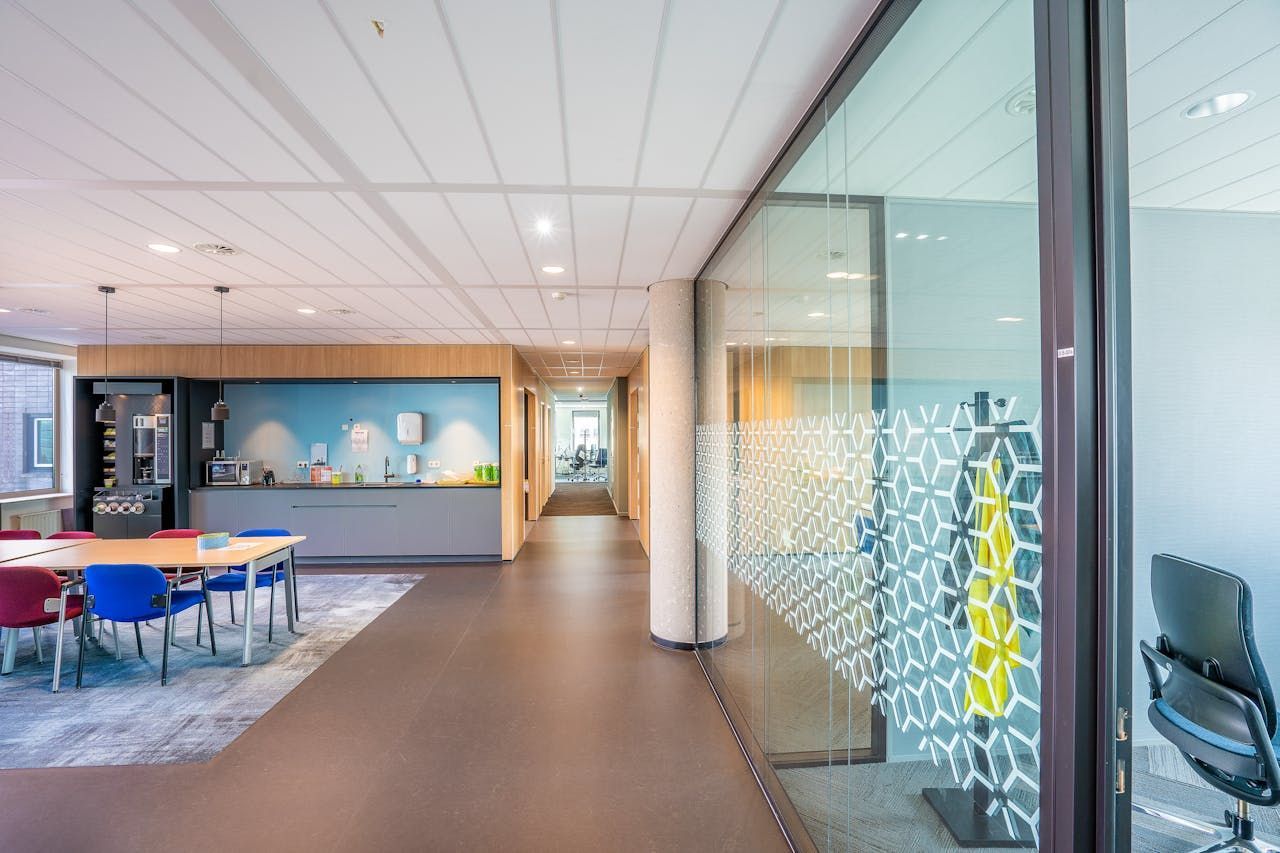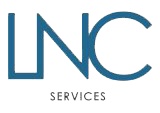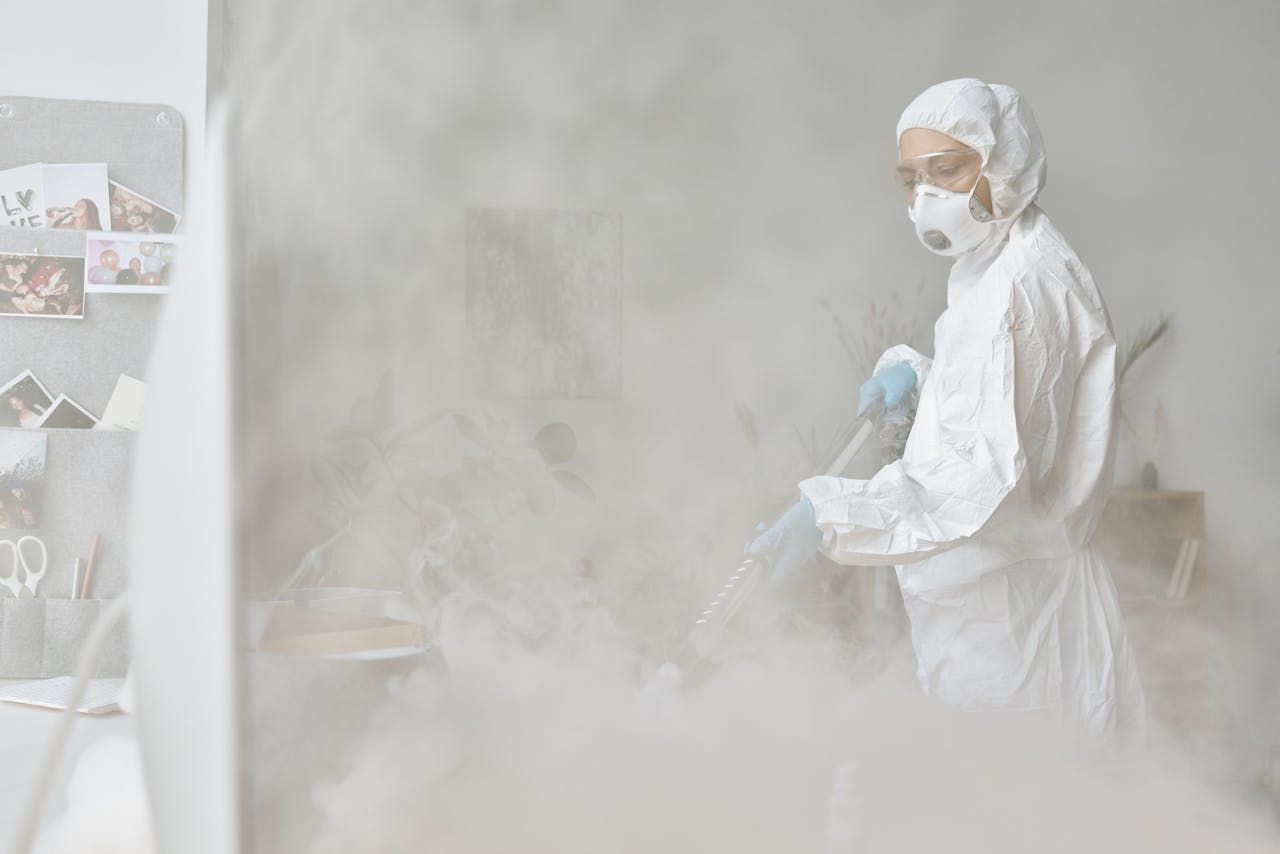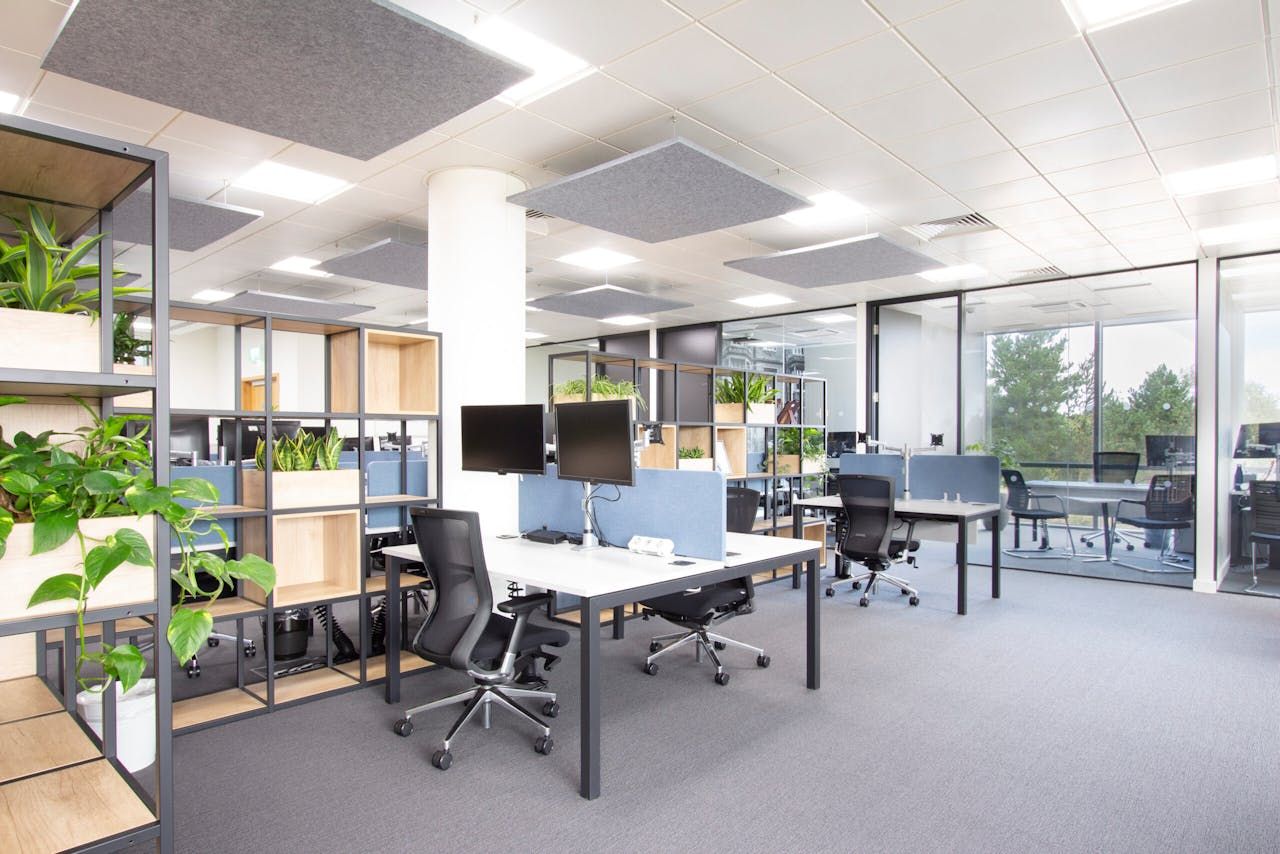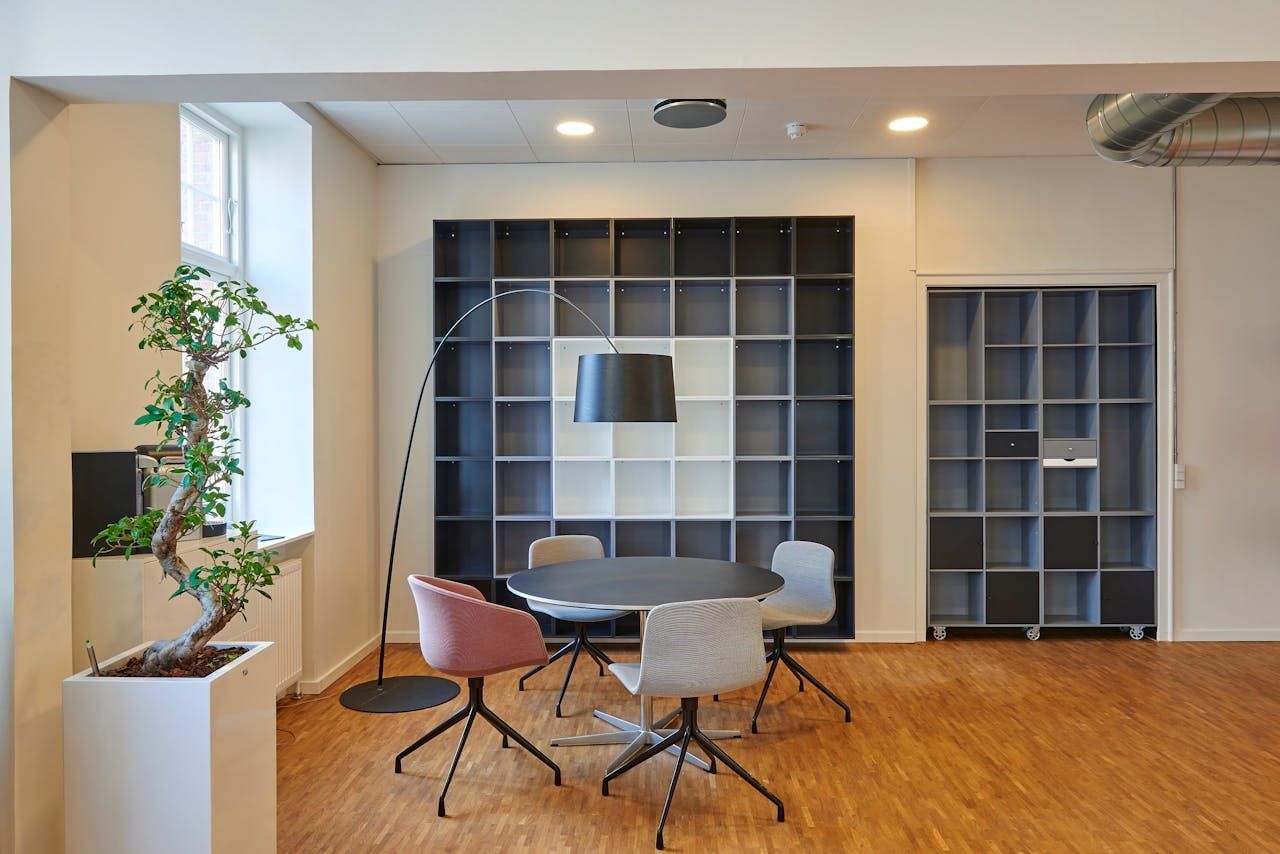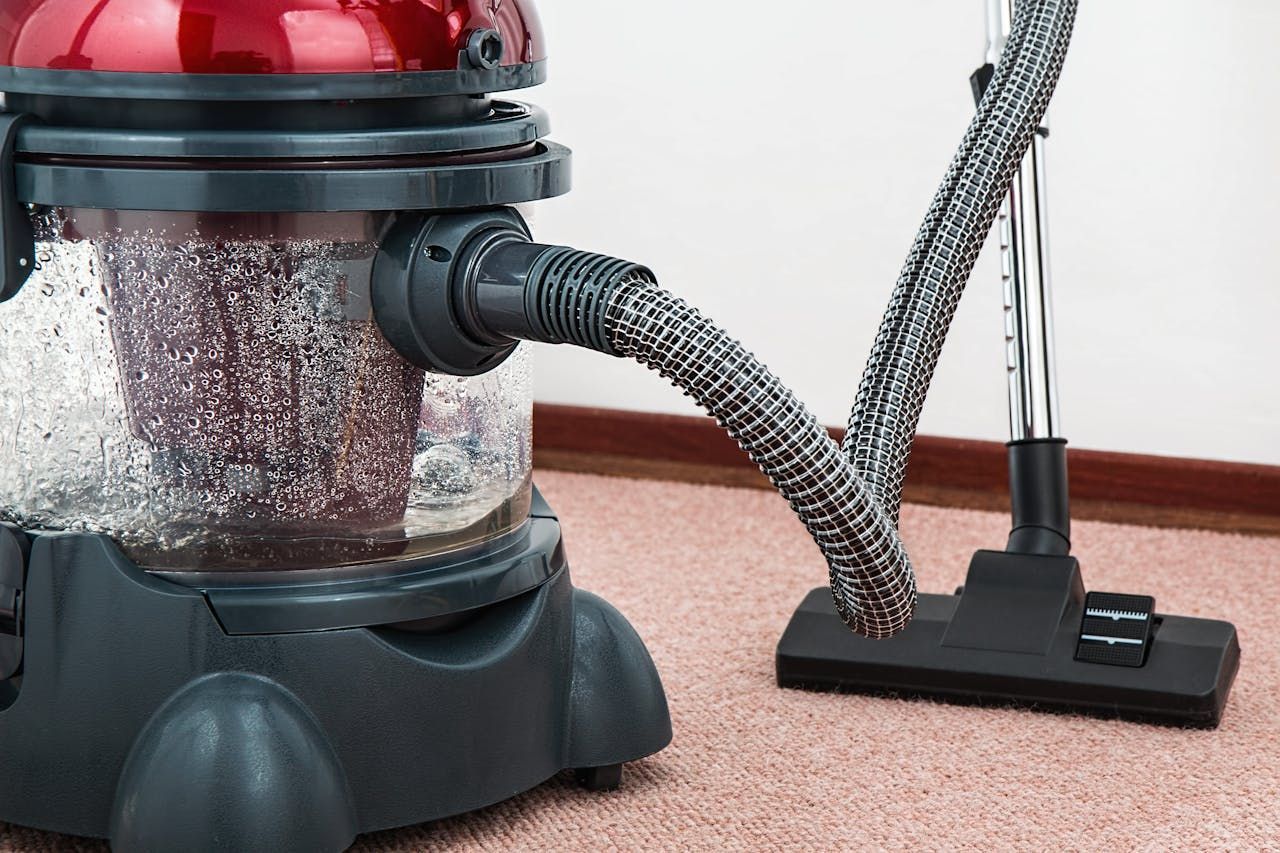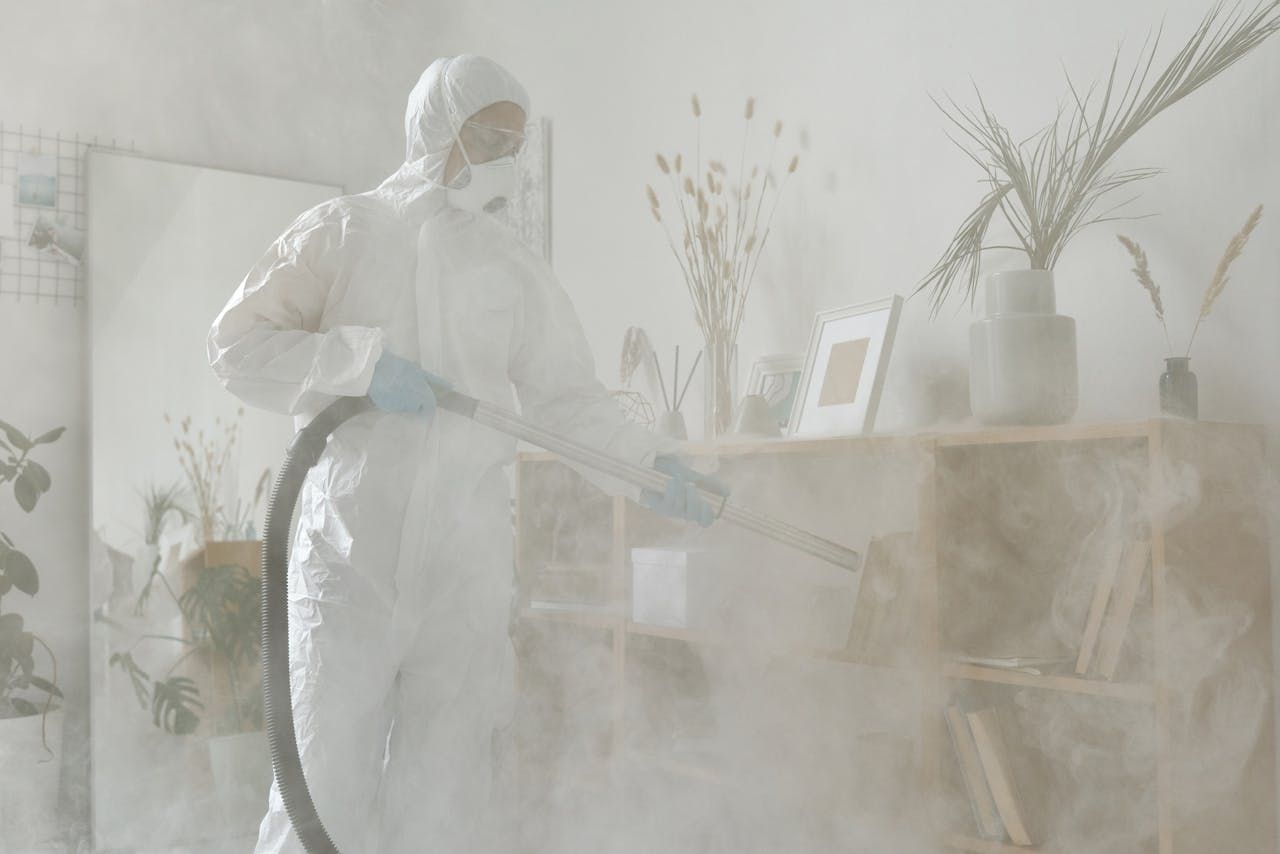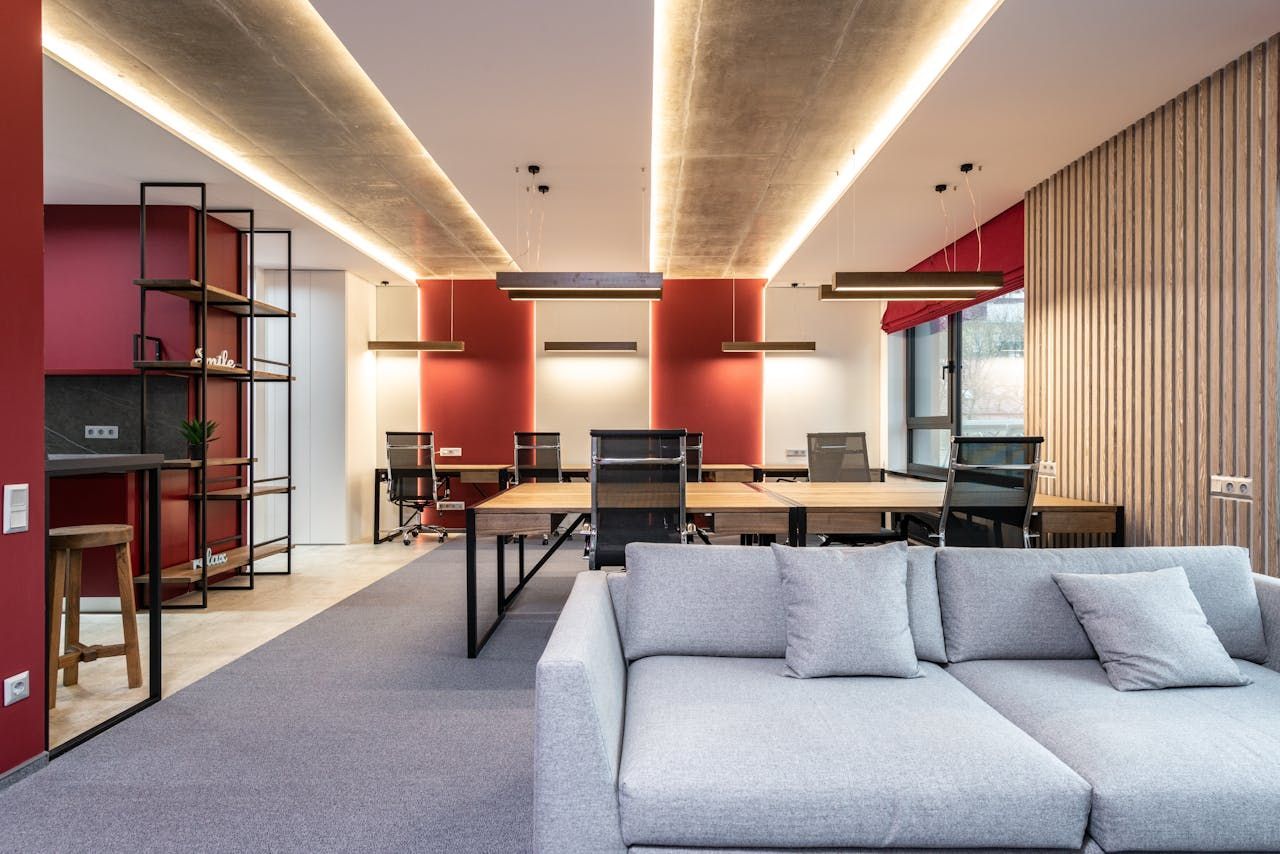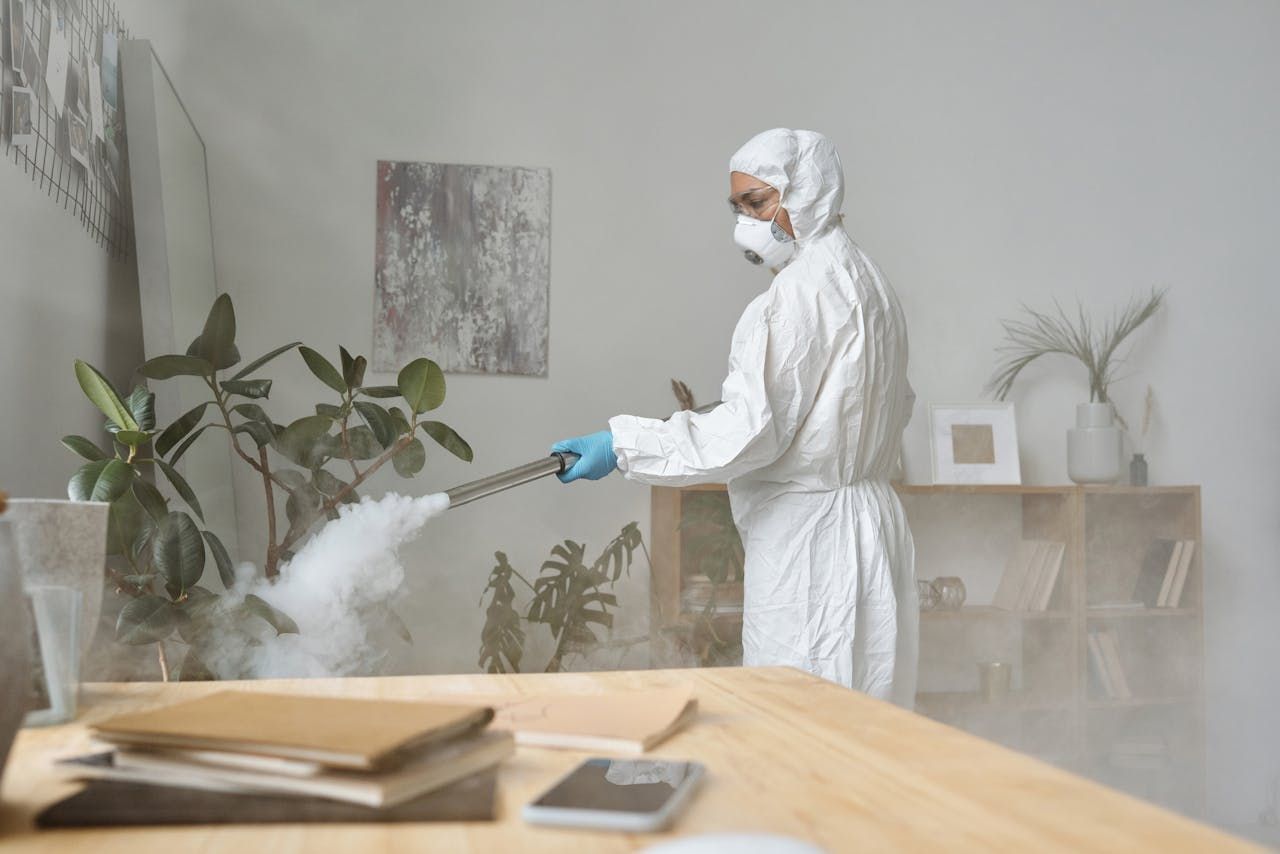The Hidden Dangers of Ignoring Pest Control in Commercial Spaces
Imagine sitting down for dinner in your favourite restaurant and catching a glimpse of the kitchen. To your horror, you spot a mouse scurrying across the floor. It probably wouldn’t be your favourite restaurant for long…
The same applies to your business.
Pests can be an everyday problem in commercial spaces - if left they will overrun a space, causing more trouble than just being a nuisance. A recent article by
The Guardian revealed that the NHS had more than 18,000 pest incidents in the last three years, with 6,666 occurring in 2023. It cost the NHS £3.7m in pest control - and had they ignored the issues, that figure could have easily doubled.
Pest control needs to be something you give some attention to in your business, here’s why…
Health Hazards of Pests
It won’t come as a surprise that pests can carry and transmit a variety of diseases to humans. That means the presence of even a small number of pests can put you, your team and visiting customers at risk.
But it gets worse. Did you know each pest has its own speciality of diseases and illnesses that it can spread?
Rodents (mice, rats): Rodents spread diseases like Salmonella, Hantavirus, and Leptospirosis through their droppings and urine. Because mice and rats are often timid creatures, it’s possible that you won’t even realise that mice have been walking over your countertops and desks, trailing dirt and disease - until you have a full rodent infestation.
Cockroaches: Cockroaches are more common in the UK than many realise, and they’re a big issue for health concerns, as they carry bacteria and allergens that can trigger asthma and allergies. Cockroaches are also quick breeders, meaning this risk can increase steadily over time and become a much bigger problem unless caught early.
Flies: Flies contaminate food and surfaces with bacteria, leading to food poisoning and other illnesses. This is because, when flies land on something they wish to eat, they first regurgitate their stomach contents to make the food easier to digest. So if you’ve seen flies landing on food or on the rims of tea cups in your office, it has likely become contaminated.
Birds: Bird droppings can contain diseases like Histoplasmosis and Cryptococcosis. In recent years, avian flu - or bird flu - has become a concern in areas where birds are likely to leave droppings. And because in rare cases avian flu has been known to affect humans too, it’s important to take those bird droppings seriously.
Property Damage and Financial Loss
Many businesses aren’t aware that pests can cause significant damage to buildings and infrastructure. But we have unfortunately seen instances where unmanaged pests have caused havoc and profit loss.
Here are just some of the situations we’ve seen when pest control hasn’t been prioritised…
Rodents: Have gnawed on electrical wiring, causing fire hazards and equipment damage.
Woodworm:
Have weakened wooden structures, leading to costly repairs.
Birds:
Have left their droppings on surfaces, permanently corroding building materials and clogging gutters.
Insects:
Have infested stored goods, leading to product loss and considerable financial damage.
Impact on Business Reputation
Sadly, pest infestations can tarnish a business's reputation and lead to customer complaints and negative reviews. This happens because customers know the value of a clean and hygienic business space. If they see evidence of pests on your property or in your buildings, they will know that you haven’t prioritised keeping your space and your customers safe and healthy.
You could see a loss of customers and revenue from this, all due to a perceived lack of cleanliness and hygiene. Let’s return to our original scenario - seeing mice in the kitchen of your favourite restaurant. Consider whether you would go back to that restaurant… or if you would write it off as a health hazard and find a new establishment to dine in.
And of course, if your pest issue becomes out of control and does put your people at risk, not meeting the professional standard for health and safety, you could face fines and legal repercussions in some industries.

The Domino Effect: Pest Infestations and Employee Morale
Your customers and finances aren’t the only things that will be affected by an uncontrolled pest population. Pest infestations can create a stressful and unpleasant work environment, leading to decreased employee morale and productivity.
If you allow mice to inhabit work areas, flies to infest communal spaces or insects to cause disruption, then people will be less invested in your business. This could possibly translate to more absences and the likelihood of employees quitting.
It shouldn’t come as a surprise, but a pest-free workplace is essential for employee well-being and your overall business success.
Proactive Pest Control: An Investment in Your Business
At LNC, we work with all types of businesses to manage pests so you can keep on top of the issue.
Business managers and owners choose us to deal with their pest issues because we know the value of being fast and discreet. You don’t want to broadcast a pest issue - especially if you’re taking preventative action. And you want the pests under control as swiftly as possible. We utilise specialist methods and good old fashioned experience to ensure your commercial space is pest free as quickly and efficiently as possible.
Ignoring pests might feel like you’re saving money, but the real costs of an infestation is high. Working with a professional pest control service can protect your business in the long run.
Get Ahead Of Your Pests Before It Becomes A Problem…
Don't wait for a pest problem to escalate. In many cases, businesses don’t even realise they have a pest issue before it becomes a massive infestation, so any signs of pests must be taken seriously immediately.
Contact LNC Services
today for a free consultation and protect your business from the hidden dangers of pests.
